Content strategy for digital.gov.bc.ca
Discover if digital.gov.bc.ca is the right platform for you to publish your content by gaining insight into our audiences and approaches.
Last updated on
Mission
Our mission is simple. We want to make digital.gov.bc.ca a knowledge hub for BC Public Sector teams working on digital services.
Why digital.gov.bc.ca exists
Through research, we heard from public service employees that they need information and guidance about digital transformation and new ways of working. They also told us the information should be easy to find, in one place.
The main B.C. government website, gov.bc.ca, primarily serves the people of B.C. with service-focused information.
We needed our own space, specifically designed for the needs of the people using it daily.
That’s why digital.gov.bc.ca was originally established in 2020 and transformed in 2023 as a centralized platform dedicated to helping employees understand how to deliver digital services effectively.
digital.gov.bc.ca also offers a unique opportunity for digital teams across the B.C. government to partner with us by publishing their content on our website. This helps teams expand their reach and facilitate more knowledge sharing across the public sector.
Operating principles
1. Comprehensive digital guidance
We aim to be a go-to source for digital service information and guidance.
2. Tailored content for our target audience
We tailor content for BC Public Sector employees who are comfortable with technology and those who need help getting started with it.
3. Standardized, relevant content
We make sure content adheres to standards, uses plain language and is updated often.
Who is our audience
Understanding our audience’s needs and interests allows us to craft content that resonates with them.
The first versions of digital.gov.bc.ca were tailored towards product owners and executives.
Based on discovery research with public sector employees, feedback from clients and usability testing of our content, we determined our audience is broader than only product owners and executives.
Our initial focus on a leadership persona has broadened to include all BC Public Sector employees. This includes those who are working with or want to learn about digital ways of working.
We’ve segmented our audience in 2 streams:
- Advanced
- Beginner
Advanced audience profile
Our advanced audience includes BC Public Sector employees who want to apply parts of the digital operating model in their work. They’re not developers, but interact with technical staff and have an existing understanding of digital ways of work.
They may have job titles like:
- Scrum master
- UX designer
- Service designer
- Product owner
- Director of digital delivery
- Director of service transformation
- Business analyst
- Technical analyst
Goals and motivations
The advanced audience aims to use the latest digital resources, to not only meet, but go beyond what citizens expect. They want to make sure different services work well together and make processes smoother for better efficiency.
Behaviours
The advanced audience is proactive, collaborative and adaptive. They’re open to change and seek efficiency and effectiveness through digital means.
Fears and frustrations
Frustrations stem from red tape and the struggle to align with government policies while striving for innovation. Concerns about maintaining project momentum in the face of bureaucratic processes are common.
Themes
Recurring themes include:
- The desire for a repository for shared patterns and resources
- A preference for agile ways of working
- A reliance on personal networks and communities of practices to inform decisions
- A need for self-help options
Beginner audience profile
Our beginner audience is made up of BC Public Sector employees who are either new to digital teams or haven’t been part of one yet but are looking to grow and learn.
Goals and motivations
The beginner audience wants to learn how to manage ways of working. They want to learn new skills so they can offer better services and follow rules more closely.
Behaviours
The beginner audience is curious and eager to learn. They try to blend new digital practices with traditional methods. This audience seeks out training opportunities and attempts to apply new knowledge to their current roles.
Fears and frustrations
Concerns revolve around staying up-to-date with digital methods. They are also concerned about the potential for project management challenges in the transition phase.
Themes
Recurring themes include:
- A search for resources to transition from traditional to digital practices
- A need for learning and development opportunities
How we identified our target audience
The analysis was conducted on a substantial dataset derived from user research, encompassing qualitative and quantitative data. This data was collected through structured interviews, detailed surveys and direct feedback mechanisms.
Our approach to user research and usability testing
Research plays a key role in improving the design of our website. It helps us gather feedback from BC Public Sector employees and make changes based on these insights.
Our process
Step 1: Plan
Each research initiative begins with a comprehensive plan that’s uniquely tailored for the project. It outlines objectives, methodologies and participant profiles. This plan acts as a roadmap to guide us through the user study.
Step 2: Test and gather data
Guided by the customized plan, we then begin the testing phase.
This may involve a variety of testing methods to gather data, as outlined by the plan.
Qualitative techniques, such as in-depth interviews, help us understand the user’s emotional and behavioural patterns. Meanwhile, quantitative methods, such as surveys and analytics, help to provide a numerical foundation to support our design choices.
Step 3: Analyze data
Once we’ve collected the data, we begin analysis. This is where we sift through our findings and look for patterns, insights and opportunities. We explore what the data tells us about the people’s needs, preferences and experiences to inform design decisions and ensure solutions are evidence-based and user-focused.
Step 4: Develop artefacts
We then create a range of artefacts. These tools help to provide a clear, visual and narrative framework of the gathered data. They serve as powerful communication tools that ensure that everyone involved in the project has a unified understanding of the findings and next steps.
Content governance
We use the B.C. government web style guide and the digital.gov.bc.ca content style guide to inform our writing.
This means we aim to:
- Use plain language
- Follow spelling from the Canadian Oxford Dictionary
- Write in a conversational tone that’s polite but direct
- Group information clearly and logically
- Ensure information is relevant and accurate
Content generated with artificial intelligence
The use of generative artificial intelligence (gen AI) in content design is new territory and our approach is still taking shape. In the meantime, we ask contributors to flag how and where gen AI was used in their draft content. We’ll acknowledge this use as part of our citation process, in line with current guidelines.
Design and development
Our design and development approach is careful and considered. It emphasized simplicity, accessibility and ease of use. We aim to provide uniform content across all British Columbia government platforms.
Our design inspiration
Other governments
The digital.gov.bc.ca design is inspired by digital government design systems from the United Kingdom, Australia and Canada.
United Kingdom
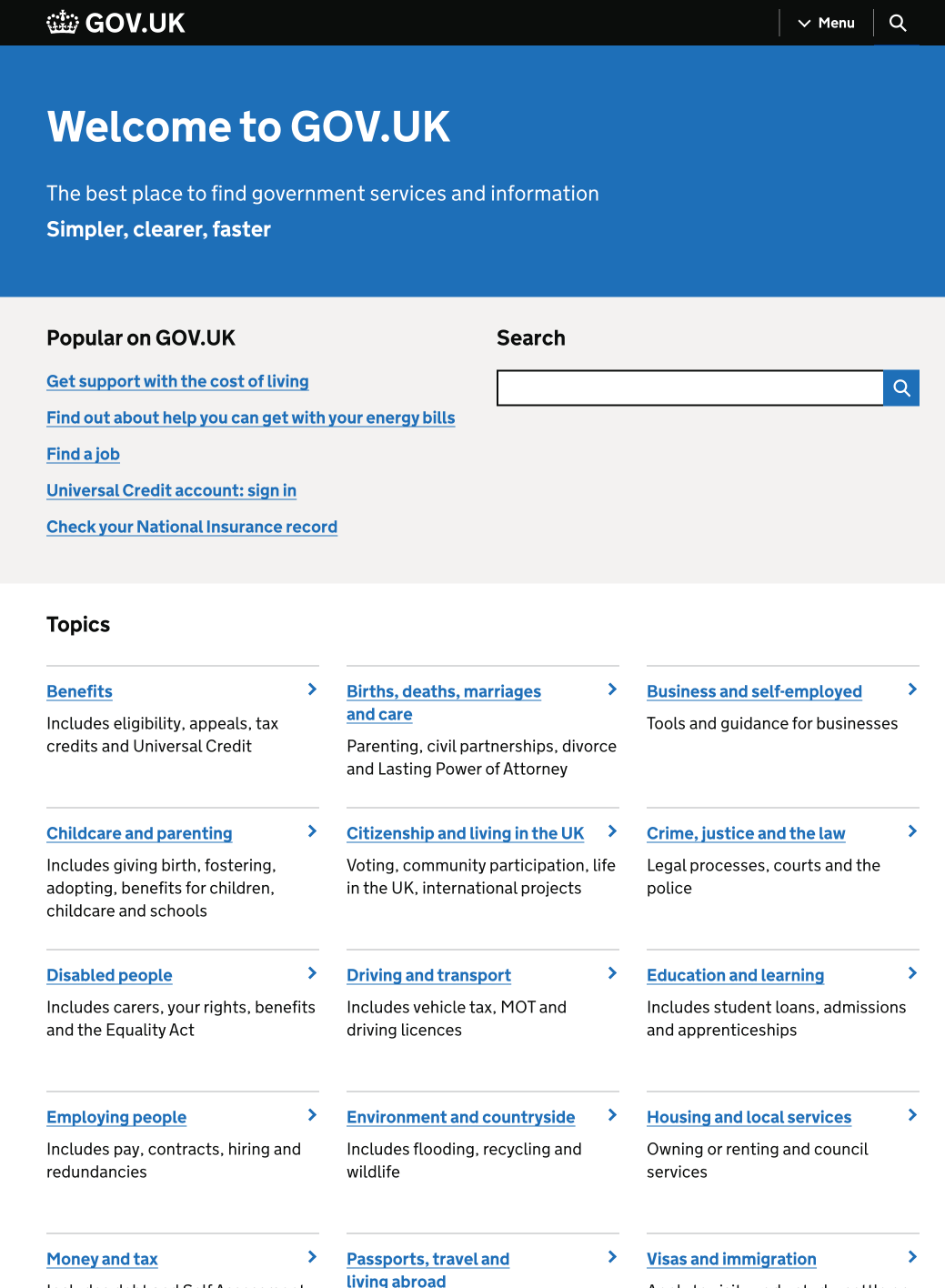


Australia
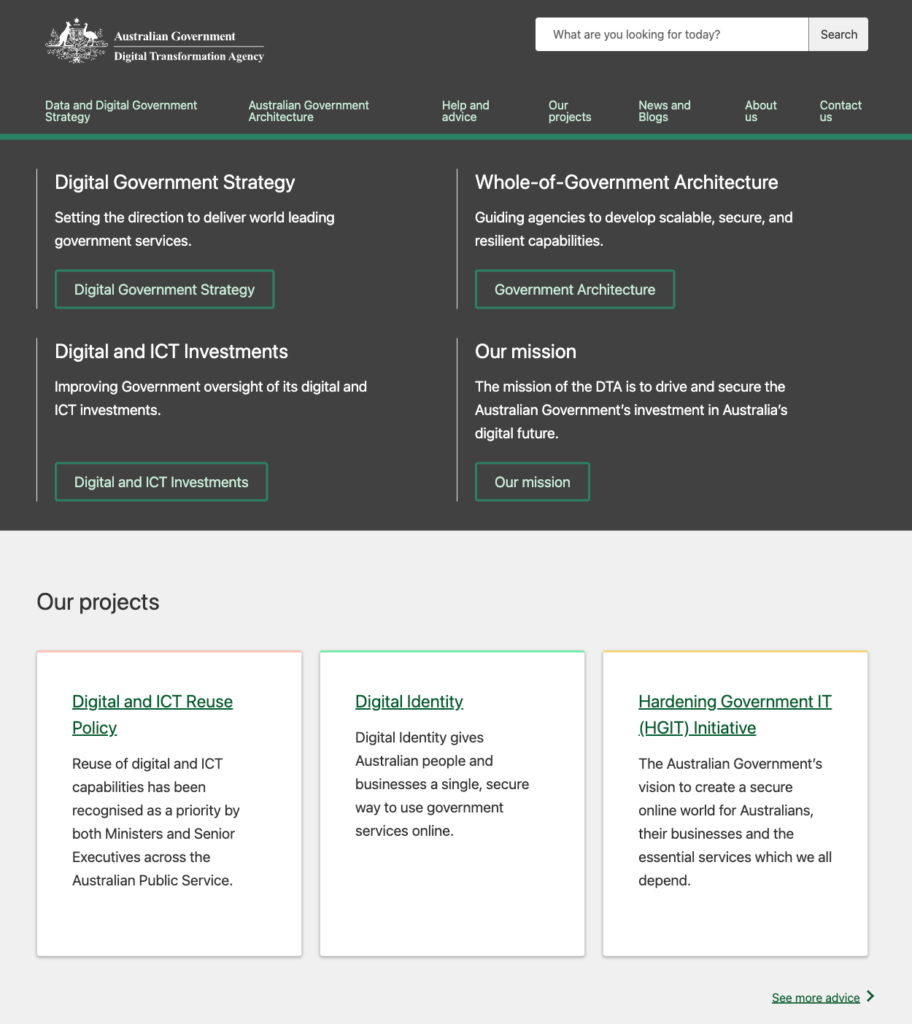
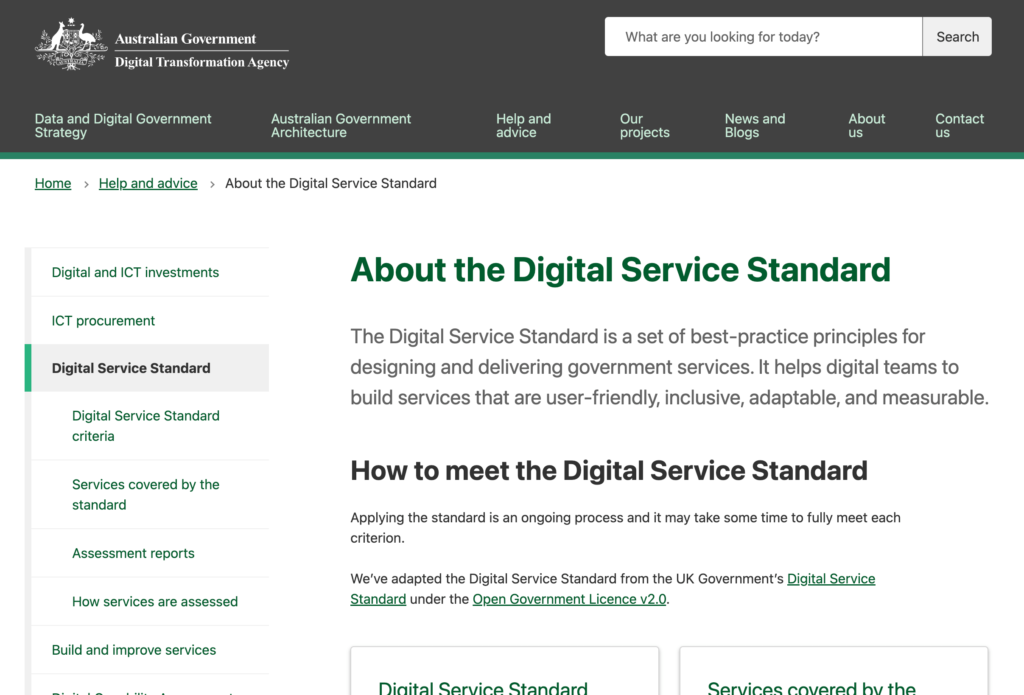
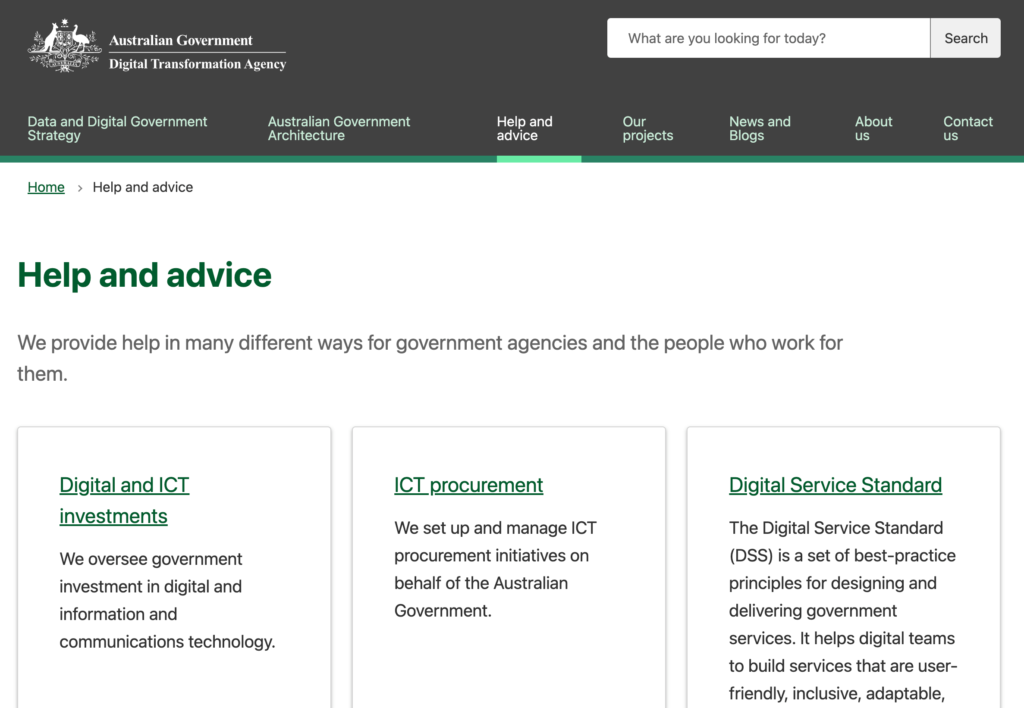
Canada
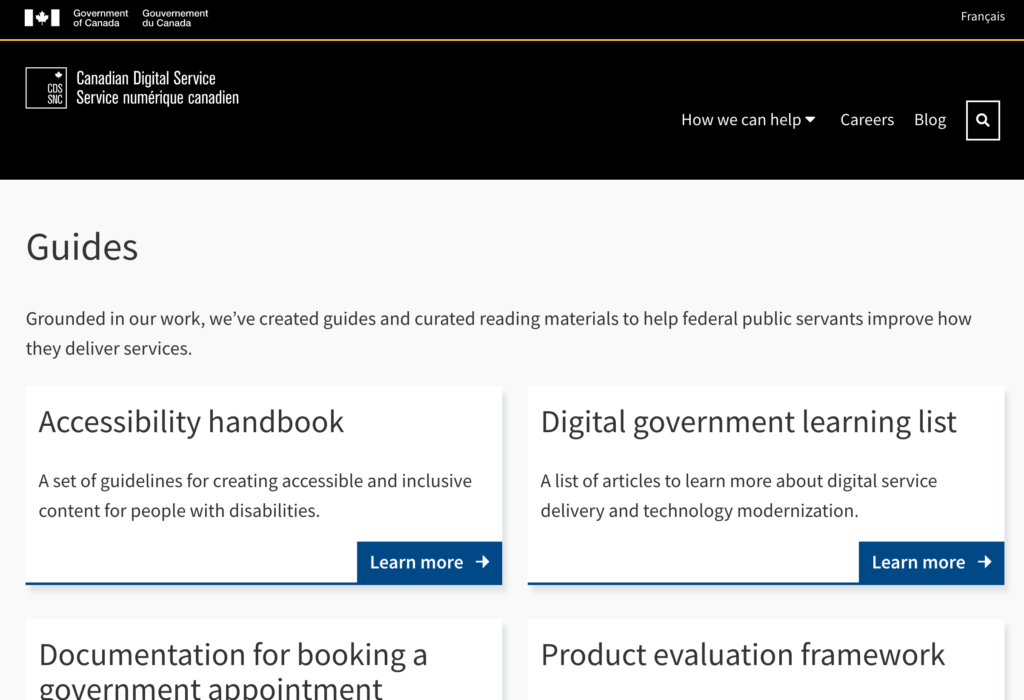
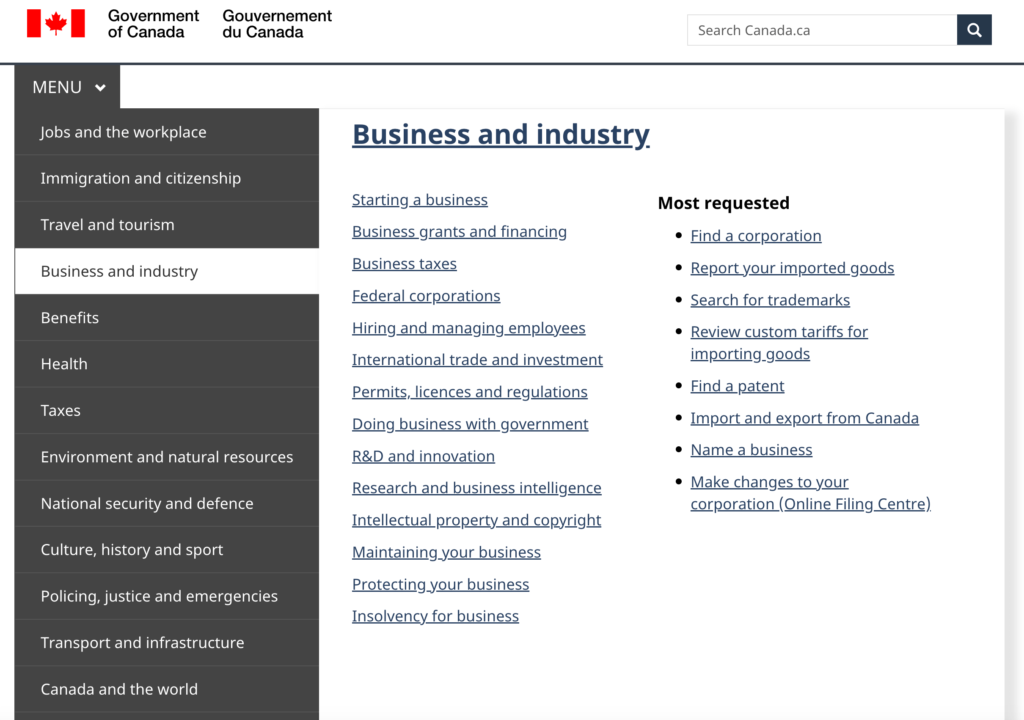
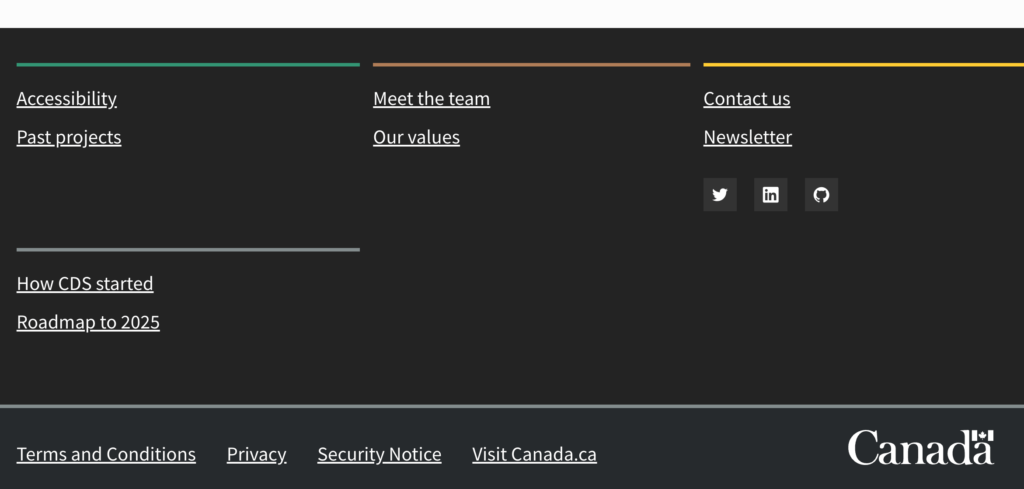
Collaboration with the gov.bc.ca design team
digital.gov.bc.ca has been designed to closely match the new look and feel of gov.bc.ca. This similarity creates a seamless experience for users as they move between the 2 platforms. Keeping a consistent style across government service platforms helps to build trust with users. It also makes it easier for them to use and understand the digital services we offer.
gov.bc.ca Alpha design

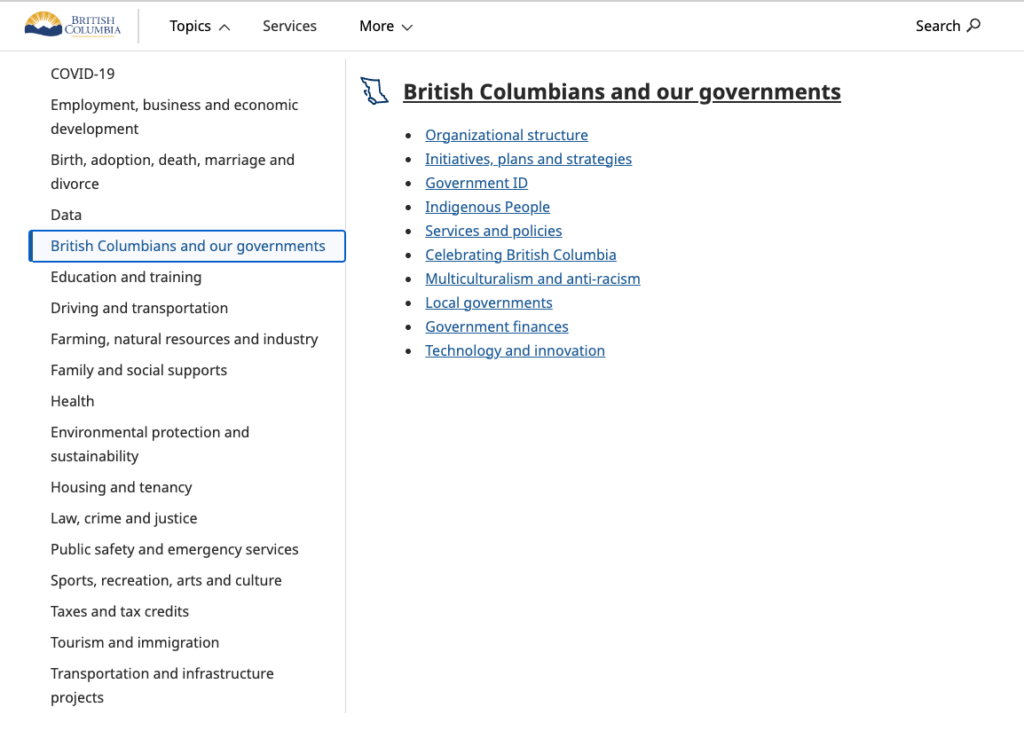
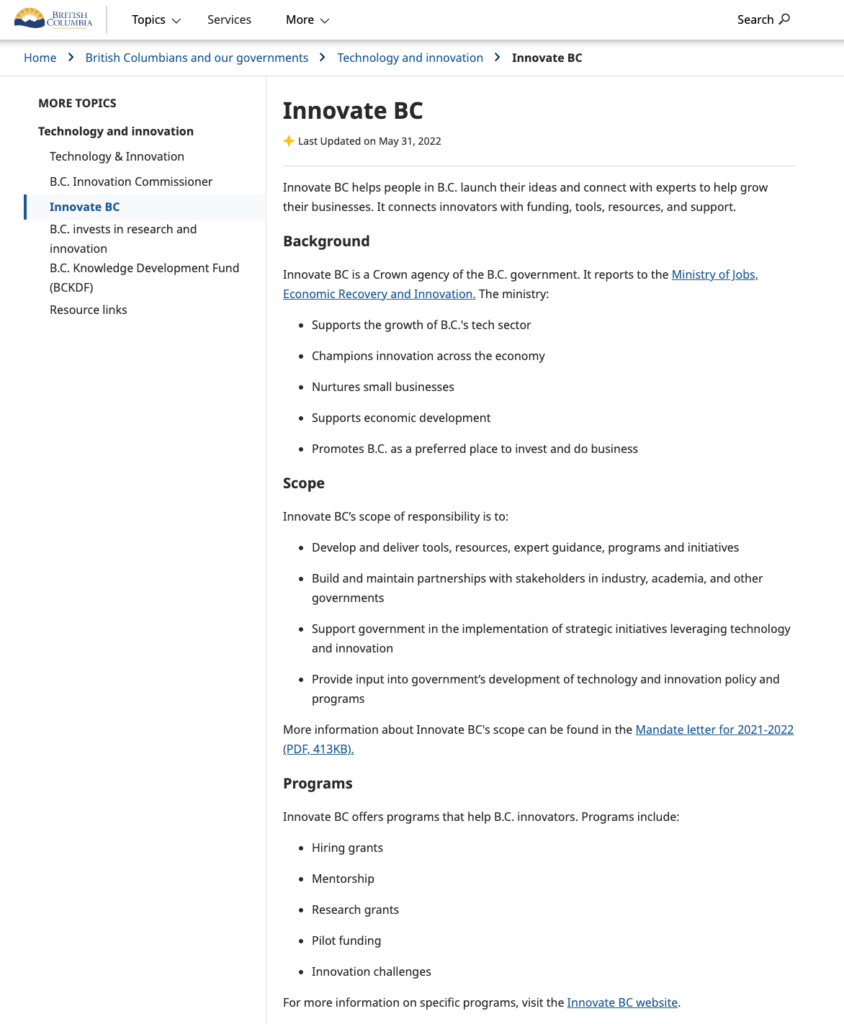
Web development
Our content management system
A previous iteration of digital.gov.bc.ca was built with a content management system called Strapi. The content was mixed in with programming code, which meant that any updates to content required the developer team’s intervention. This setup posed challenges for quick and easy content creation.
We recognized the need for more autonomy in content publishing and a desire to provide users with a broader range of features.
Through discovery research, the development of a user persona and a digital transformation journey map, we were able to identify what was needed to make this happen.
Using these insights, developers performed a landscape assessment of various content management systems to find the right platform.
WordPress emerged as the chosen platform because it enabled us to:
- Easily align with B.C. government styling and accessibility standards
- Introduce the novel Gutenberg block editor to assemble content without the use of code
- Streamline the technical work and content design processes
- Use a low code development approach
- Implement the BC Government WordPress Block Theme, developed by GDX’s Digital Engagement Services, to offer teams the ability to easily work with pre-designed templates
Website rendering
Rendering is a process used in web development that turns website code into the interactive pages users see when they visit a website.
digital.gov.bc.ca is rendered in 4 layers:
- BC Government Block Theme
- Templates
- Custom patterns
- Scripts, custom styles and embedded applications
These layers are built upon each other to create a more unique look and feel.
